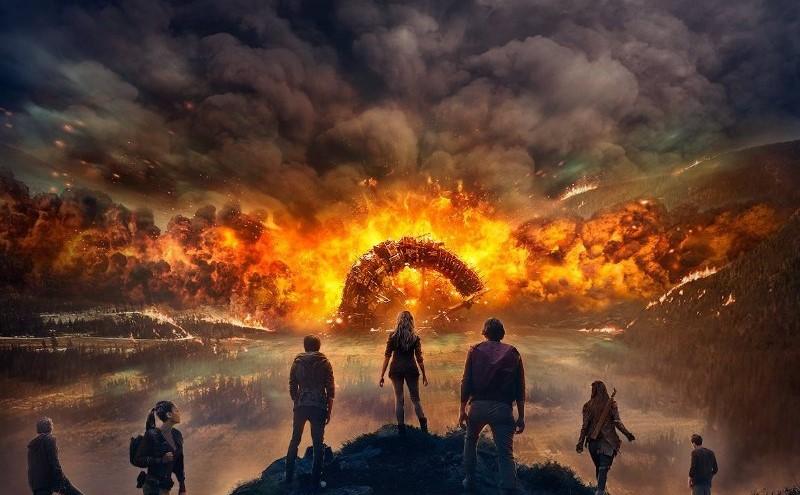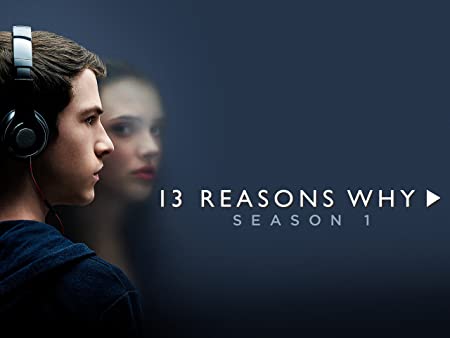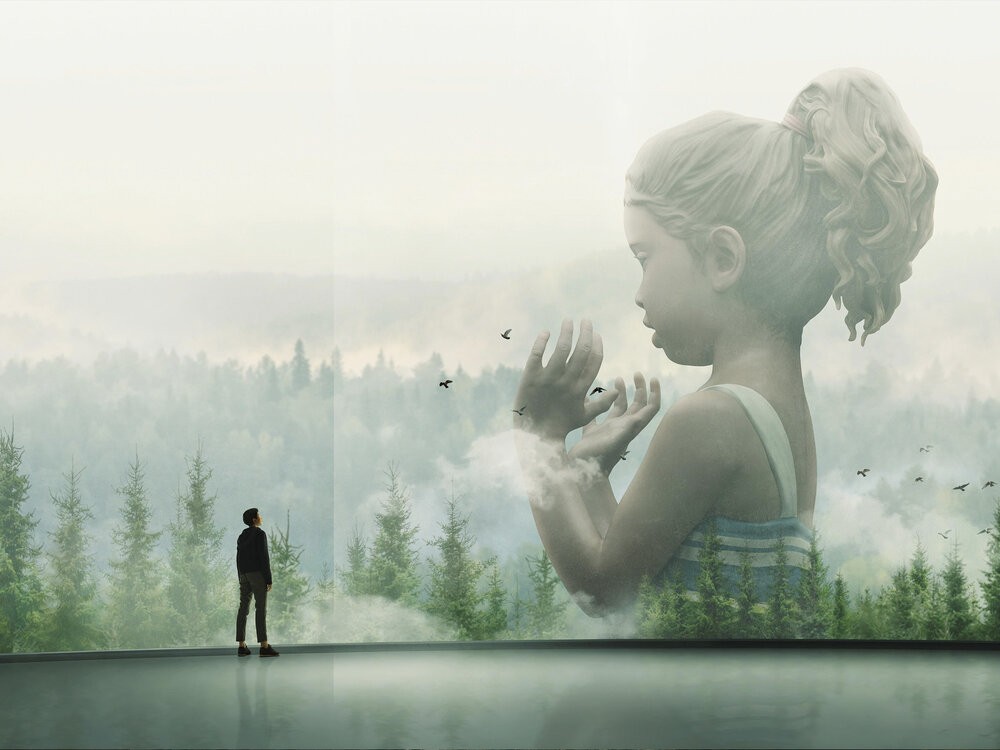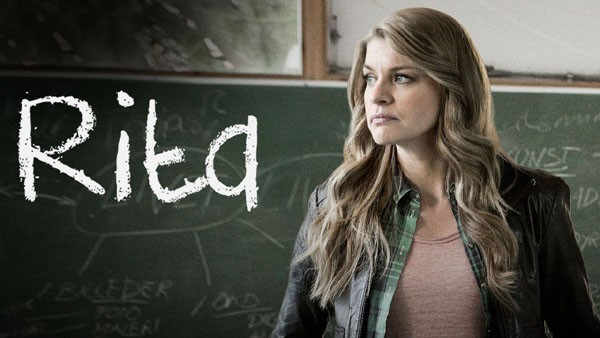
The entertainment industries create the most widely circulated popular images of children and childhood, and yet the role of children in celebrity studies warrants further study.

The entertainment industries create the most widely circulated popular images of children and childhood, and yet the role of children in celebrity studies warrants further study.

Since its first volume in 1999, the Massachusetts Historical Review (MHR) has published original analytical essays, photo-essays, historical documents, and reviews for a general audience.

Editors David L. Palatinus (University of Ruzomberok) Stefania Achella (University of Chieti-Pescara) The purpose of this special issue of Itinerari would be to tackle the interrelation of Climate, Conflict and Migration, and the ways their pertaining ecological, political, and ethical complexities are construed and circulated via various cultural practices and ways of symbolization.

Journal: The Australasian Journal of Popular Culture Special Issue: Nostalgia and Popular Culture

Issue editors: Gwénaëlle Le Gras (Bordeaux Montaigne) and Jules Sandeau (Paul Valéry Montpellier 3) inquiries: gwenlegras@wanadoo.fr and sandeau.jules@gmail.com The open-access and peer-reviewed online French journal Genre en séries: cinéma, télévision, médias is devoted to the study of gender representations in film, television and other visual media.

Discussions of race have been central to television studies in the United States for decades.

Guest Editors: Associate Professor Gareth Schott (University of Waikato), Dr Margaret Gibson (Griffith University), and Dr Clarissa Carden (Griffith University). Emotionally charged depictions of death play an important role in much contemporary media directed toward teen and young adult audiences.

Two broadly anthropocene concerns—the ‘human’ condition along with the condition of this human planet, Earth—bear on all discursive practices central to contemporary areas of research in humanities, social sciences, and sciences. Both these concerns reconfigure ways in which humans have come to make sense of themselves and of the world which they share with other forms of life.

At this time of crisis because of the COVID-19 pandemic, our ability to physically touch is severely restricted, in order to protect ourselves and others from illness as well as police intervention. This has resulted in an even bigger shift to digital technologies and online interaction with hashtags such as #togetherapart encouraging more culture and connection on the internet in lieu of in-person events and meet-ups.

Adaptations have played a significant role throughout the history of Nordic cinema, from Victor Sjöström’s reverential silent adaptations to Aki Kaurismäki’s quirky take on world literature. To this day, adaptations remain of utmost importance to Nordic film and television, as the multi-media phenomenon of Nordic noir conclusively establishes.